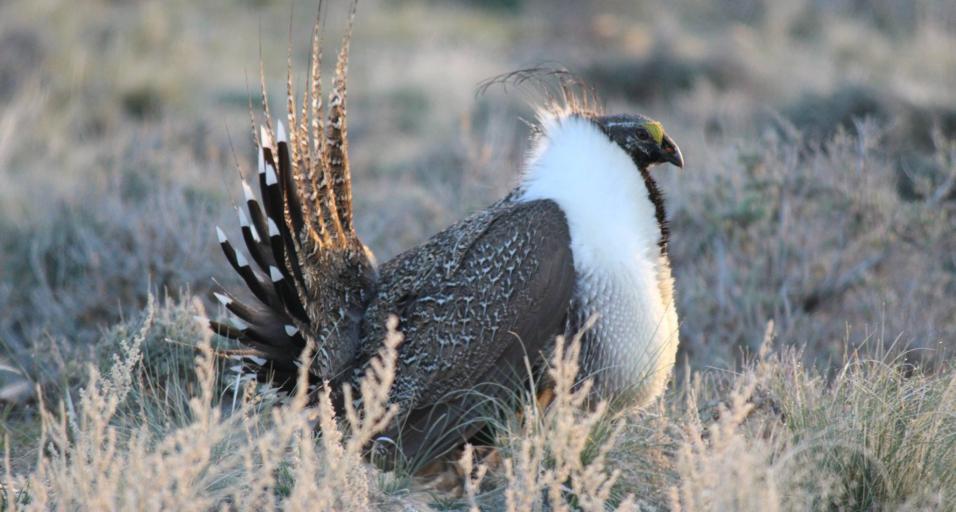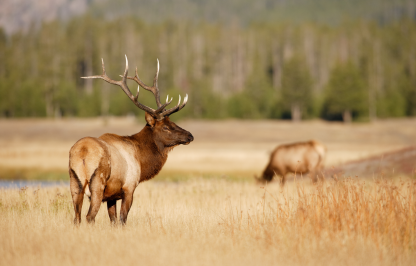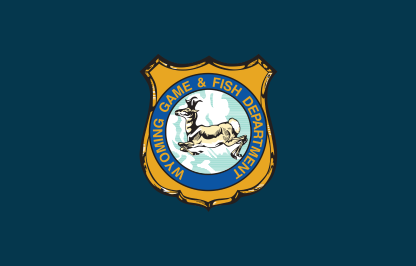Though it hardly seems like spring, the Wyoming version is underway. Don’t let the cold and windy weather keep you indoors. April is one of the best months to view sage-grouse on their leks in Wyoming.
The greater sage-grouse is the largest species of grouse in North America. Each spring male sage-grouse perform an elaborate sunrise display on communal breeding grounds known as leks. While sage-grouse require sagebrush landscapes to survive, leks are often located in open areas where the males can be better seen and heard by females.
“The dramatic display makes viewing sage-grouse a popular recreational activity during the spring across much of Wyoming, but winter conditions may have an impact on viewing this year,” said Nyssa Whitford, sage-grouse biologist for the Wyoming Game and Fish Department. “Access to view leks may be difficult due to persistent winter conditions and muddy roads.”
To guide your lek outings, Game and Fish launched the Sage-Grouse Lek Viewing Guide to take you to the best publicly-accessible viewing locations across Wyoming. The guide provides directions to each lek location. However, the public should be aware the leks featured in the guide may not be accessible this spring. Roads may still be covered with drifted snow or experiencing wet, muddy conditions well into the summer. Use caution when planning your visit.
There are courtesies to follow while witnessing the sage-grouse’s early-morning rituals on accessible leks.
“It’s important to give them distance and not be obtrusive,” said Whitford.
Game and Fish urges individuals when viewing to:
- Arrive at lek sites at least one hour before sunrise.
- Park away from the edge of the lek. Do not drive onto the lek.
- Turn off the vehicle lights and engine.
- Use binoculars and spotting scopes to observe birds.
- Stay in your vehicle.
- Avoid making loud noises or sudden movements.
- Let the bird leave before you do.
- Leave pets at home.
- Respect private land and do not trespass.
- Postpone your visit if roads are muddy.
Whitford also advises being especially cautious with viewing activities during in early-April when breeding activity usually peaks.
“Late-April is a good time to visit because most of the breeding is complete, but the males are still actively strutting. The weather is usually better, too."




